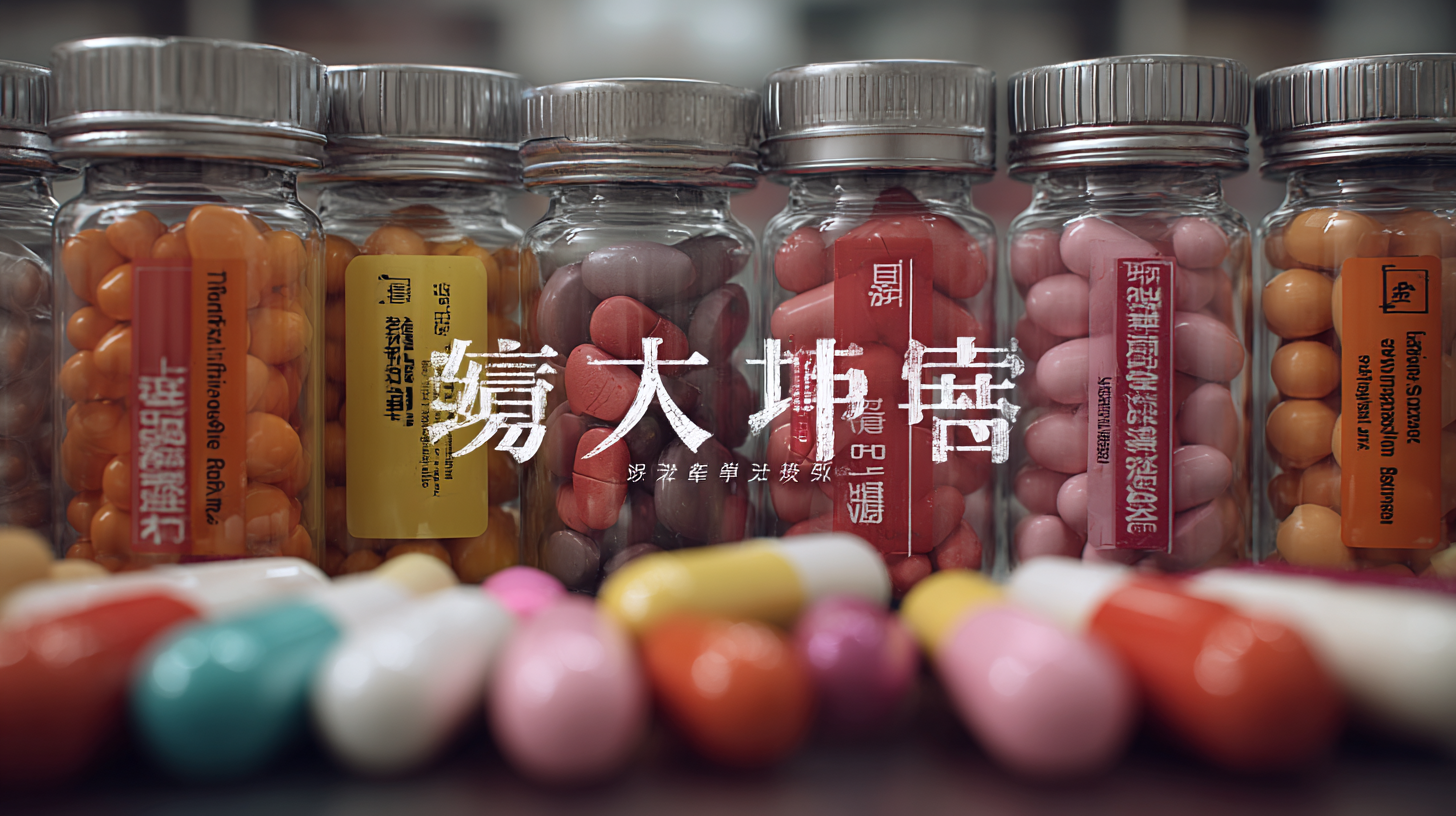As the global pharmaceutical landscape continues to evolve, China's pharmaceutical medicine sector is emerging as a dominant force, poised to lead trends in global sales by 2025. Recent reports suggest that China's pharmaceutical industry is projected to reach USD 1.6 trillion by 2030, driven by innovations in research and development, regulatory reforms, and an increasing emphasis on quality. The World Health Organization highlights the importance of high-quality pharmaceuticals, noting that 10% of medicines worldwide are either substandard or falsified. This challenge presents a unique opportunity for the Chinese pharmaceutical market to enhance its global competitiveness by focusing on quality upgrades and technological advancements in pharmaceutical medicine. With the rise of biopharmaceuticals and personalized medicine, China's commitment to achieving international standards could set new benchmarks in the industry, influencing global healthcare practices and access to treatments.

The landscape of the global pharmaceutical market is witnessing a significant transformation, with Chinese pharmaceutical companies rising to prominence due to their enhanced quality standards. In recent years, China's commitment to elevating its production capabilities, regulatory compliance, and research and development has led to a remarkable shift. This transition not only meets domestic healthcare needs but also positions China as a competitive player on the world stage, influencing global sales trends.
**Tip:** For consumers and healthcare professionals alike, it's essential to stay informed about the quality of pharmaceuticals. Always check for certifications and third-party evaluations to ensure the medications you are using meet international standards.
Chinese manufacturers are increasingly adopting advanced technologies and best practices from around the world, fostering an environment of innovation. This evolution is not just about quantity; it reflects a dedicated effort to improve the efficacy and safety of medications. As a result, international markets are beginning to recognize the reliability of Chinese pharmaceutical products.
**Tip:** When exploring new pharmaceutical options, consider reviewing global market reports and expert analyses to gauge the quality and reputation of producers in China. This proactive approach will empower consumers to make informed choices.

In the rapidly evolving pharmaceutical landscape, the upcoming technology trends for 2025 are poised to redefine manufacturing processes. According to a report by Deloitte, the global pharmaceutical manufacturing market is expected to reach USD 1.57 trillion by 2025, driven largely by advancements in automation and artificial intelligence. These technologies are not only enhancing efficiency but are also significantly improving the precision of drug production, thus minimizing errors and ensuring quality control.
Moreover, the adoption of Industry 4.0 concepts, including the Internet of Things (IoT) and big data analytics, is becoming increasingly crucial. A study by Grand View Research estimates that the pharmaceutical manufacturing automation market will grow at a CAGR of 6.8% between 2023 and 2030. This growth underscores the shift towards smarter factories where real-time data drives decision-making, resulting in faster production cycles and more agile responses to market demands. As these technologies advance, they will further position China's pharmaceutical sector as a global leader, illustrating a commitment to not only enhancing quality but also meeting international sales trends.
In recent years, China has emerged as a leading player in the field of pharmaceutical medicine, showcasing its capacity for innovative drug development. With significant investments in research and development, Chinese pharmaceutical companies are pushing the boundaries of what is possible. The focus on innovation has allowed them to create high-quality medications that not only meet the needs of the local market but also compete globally.

One key aspect of China’s success in drug development is its emphasis on collaboration between academia and industry. By fostering partnerships with universities and research institutions, pharmaceutical companies can leverage cutting-edge research and technology to accelerate the drug discovery process. This collaborative environment promotes the sharing of knowledge and resources, leading to breakthroughs that can transform patient care.
Tips for Staying Ahead in Pharmaceutical Innovation:
In recent years, the pharmaceutical industry has witnessed a significant shift in global sales trends, particularly as China's pharmaceutical sector has upgraded its quality standards. As one of the largest producers of generic drugs, China has positioned itself as a vital player in the global market, competing with established pharmaceutical giants. This transition is not merely about quantity; it's about delivering high-quality products that meet international standards, thus appealing to a broader range of consumers and healthcare providers worldwide.
The growing emphasis on innovation and research in China has led to an influx of advanced medicines that cater to diverse health needs. This shift aligns with increasing global demand for effective treatments, prompting pharmaceutical companies to invest more in R&D. Furthermore, the rise of digital health solutions and telemedicine has transformed distribution channels, allowing for quicker access to essential medications. As a result, the global pharmaceutical landscape is evolving, with Chinese products becoming increasingly popular, signaling a new era of competitive pricing and enhanced healthcare solutions that can benefit patients globally.
The global pharmaceutical landscape is undergoing a significant transformation, driven by heightened demand for quality and compliance. Recent market analyses predict that the global pharmaceutical-grade sodium chloride market is set to reach approximately 4.78 billion yuan by 2024. This surge is primarily fueled by the increasing healthcare service needs, particularly in aging populations and the rising prevalence of chronic diseases. Such trends point to a critical shift in how pharmaceuticals are developed and delivered, underscoring the necessity for stringent compliance to maintain high standards of quality.
As we look forward to 2024, the pharmaceutical industry is expected to witness a variety of emerging trends. Innovations in artificial intelligence within the healthcare sector are anticipated to reshape the landscape, striking a balance between idealistic technology applications and practical business solutions. Additionally, a newly announced product strategy from a prominent life sciences company highlights a commitment to deepening its roots in China to better serve local needs. With these developments, the focus on compliance and quality is more essential than ever, as pharmaceutical companies navigate a future laden with both challenges and opportunities.